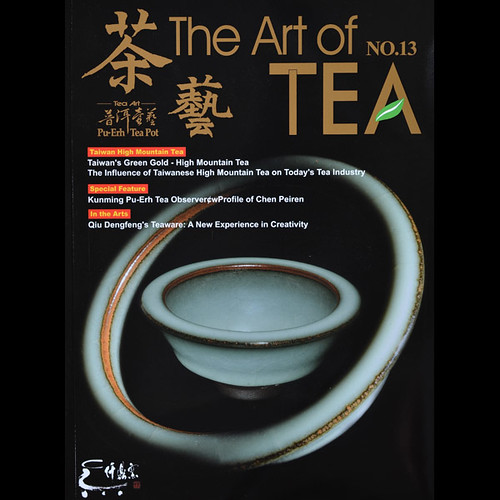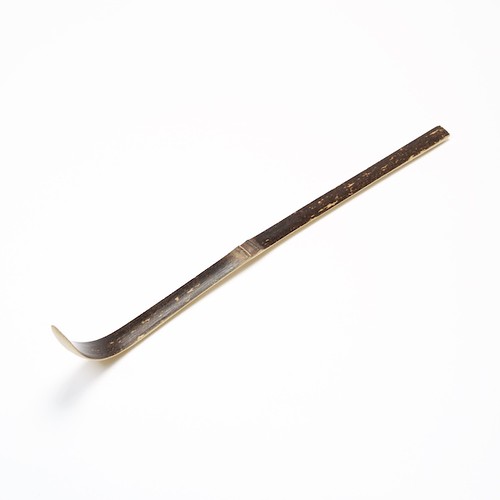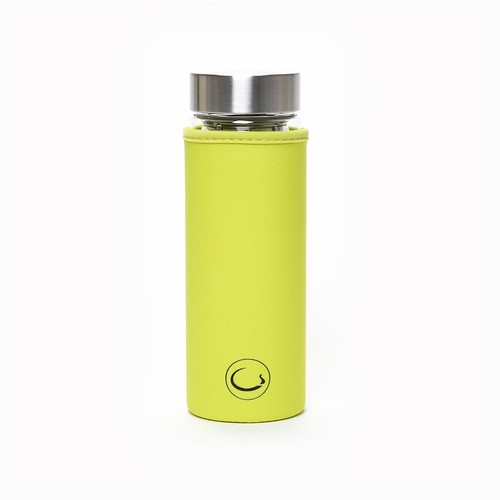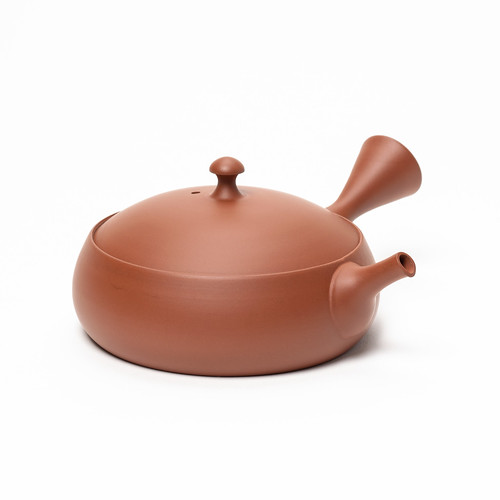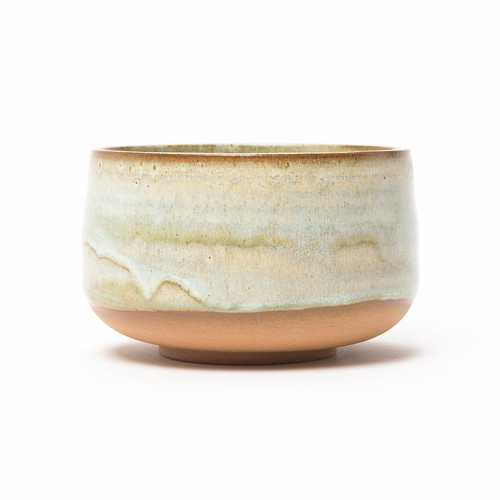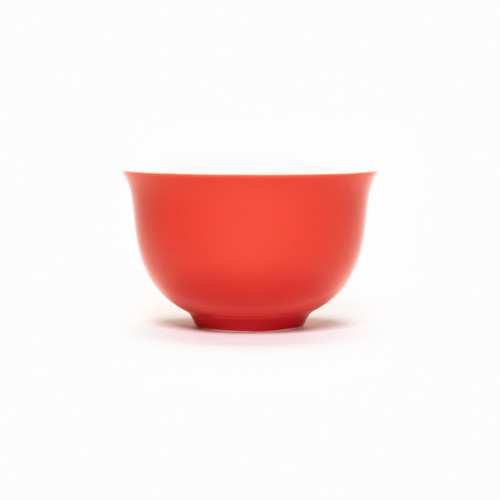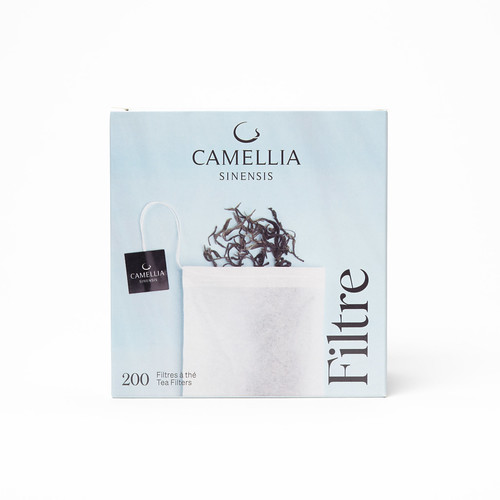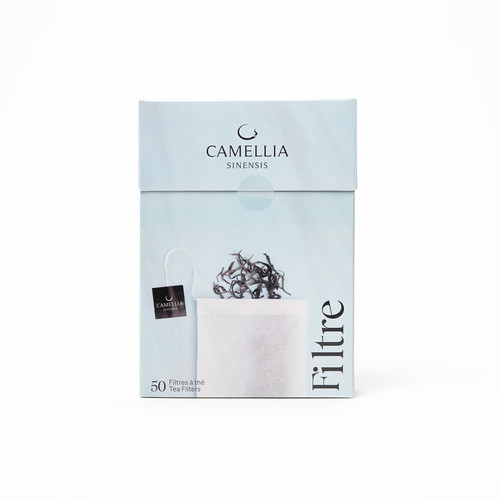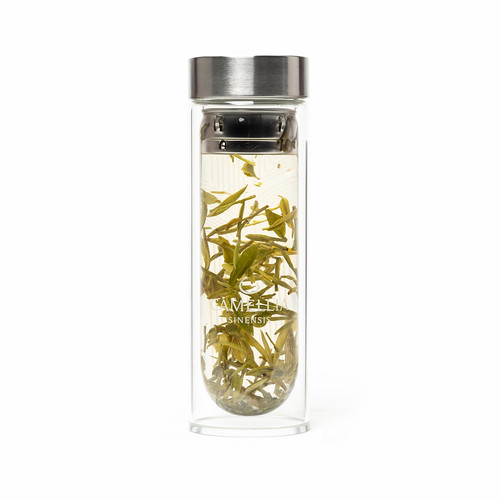
Tea Objects: Kyusu Teapots
Simple and elegant, kyusu teapots are considered by many to be the epitome of Japanese handicrafts. With their narrow side handles, they never fail to attract our customers’ attention. Whether they are pure in form, richly decorated, mass-produced or handmade by Japanese artists, their refined ergonomics appeal to all amateurs of beautiful objects. We have just received a couple of collections so this seems a perfect opportunity to present a little overview on the subject.

Made in Japan
Kyusu teapots are distinguished by their hollow lateral handle, which is meant to facilitate handling and, according to the Japanese, provide a more ergonomic design. Light and elegant, they are often made of sandstone clay fired at high temperature, which enhances the flavour of fine Japanese green teas. They are sometimes made of porcelain or even glass.
They are usually equipped with a very fine mesh that is useful for infusing finely cut Japanese green teas, as it keeps the leaves in the teapot. Handcrafted teapots often have an integrated clay strainer, whereas the strainer in industrially mass-produced teapots is often made of stainless steel.
Kyusu teapots can greatly vary in size. The largest are used for classic infusions, while the smallest are used for the senchado tastings (see below) commonly practiced in Japan.

Our potters
Working in Tokoname, a small coastal town specialized in the traditional craft of Kyusu teapots, our favourite artisans produce these beautiful objects entirely from local clay. Their pieces, often true works of art, represent very high standards in mastery of the craft.
Gyokko - At the venerable age of 80, Japanese ceramist Gyokko is still an active artist whose energy do not seem to fade. He manages to keep in artistic vision: offering teapots that are both affordable, artisanal and complex.
Supported by his son and a few other artisans under his guidance, Gyokko specializes in affordable teapots: "My objective is to work together as a team in order to offer handmade teapots to everyone. I really believe that Japanese tea offers its full potential in this type of teapot."
Mr. Ito – One of Japan’s most dynamic potters, Mr. Itostill retains his inner fire for design after 40 years work. His teapots are widely appreciated for their rich simplicity.
Second generation in ceramics, he has specialized in the art of teapot crafting. He controls every stage of the process: from sourcing the clay to the final finishing touches, firing with either gas or electricity according to the desired result.
Mr. Murata – Yoshiki Murata is an extremely dynamic potter, still very driven by his exploration of firing, clays and minerals, even after more than 30 years of work. Rigorous and inventive, he passionately invests in his creative quest. His teapots are true works of arts.
To learn more about the artist's approach, see this blog article.
Mr. Yamada – There are a rare few adamant potters in Tokoname that still insist on mastering every step of the artisanal process, taking it as far as making their own clay. Yamada is one of these potters.
He is currently the youngest ceramicist in Tokoname and his dedication to the craft shows exceptional promise.

The senchado brewing method
Senchado is a tea-brewing method that concentrates the aromas of higher-quality teas, such as Gyokuro or high-grade Sencha. It consists of several successive infusions using the same leaves so that new flavors develop in each brew.
If you wish to view our senchado demonstrative video, please click here. If not, here are the main steps:
- Prepare and heat the teapot and bowl with hot water.
- Place the leaves in the heated teapot. Use 1 to 2 heaping teaspoons (5 to 10 ml) of tea leaves.
- Pour the water onto the leaves. For best results, ensure the water is between 150 and 167°F (65 to 75°C). To accomplish this, instead of pouring the water directly onto the leaves, it can be poured first into your bowl to cool a little. Water cools by about 50°F (10°C) when poured into a cold bowl. Using a bowl also ensures that the quantity of water poured onto the leaves will be exactly right.
- Wait approximately 30 seconds. The first infusion is the longest as the leaves need to first rehydrate. Strain the liquor from the teapot into the bowl. If you are serving several guests, ensure that the same amount of liquid is poured into each bowl by pouring a little at a time. Empty the teapot completely, or the tea will continue to steep.
- Taste.
- Proceed to the next infusion in the same way. The subsequent infusions should be shorter (around 5 to 10 seconds).
Happy tasting!












